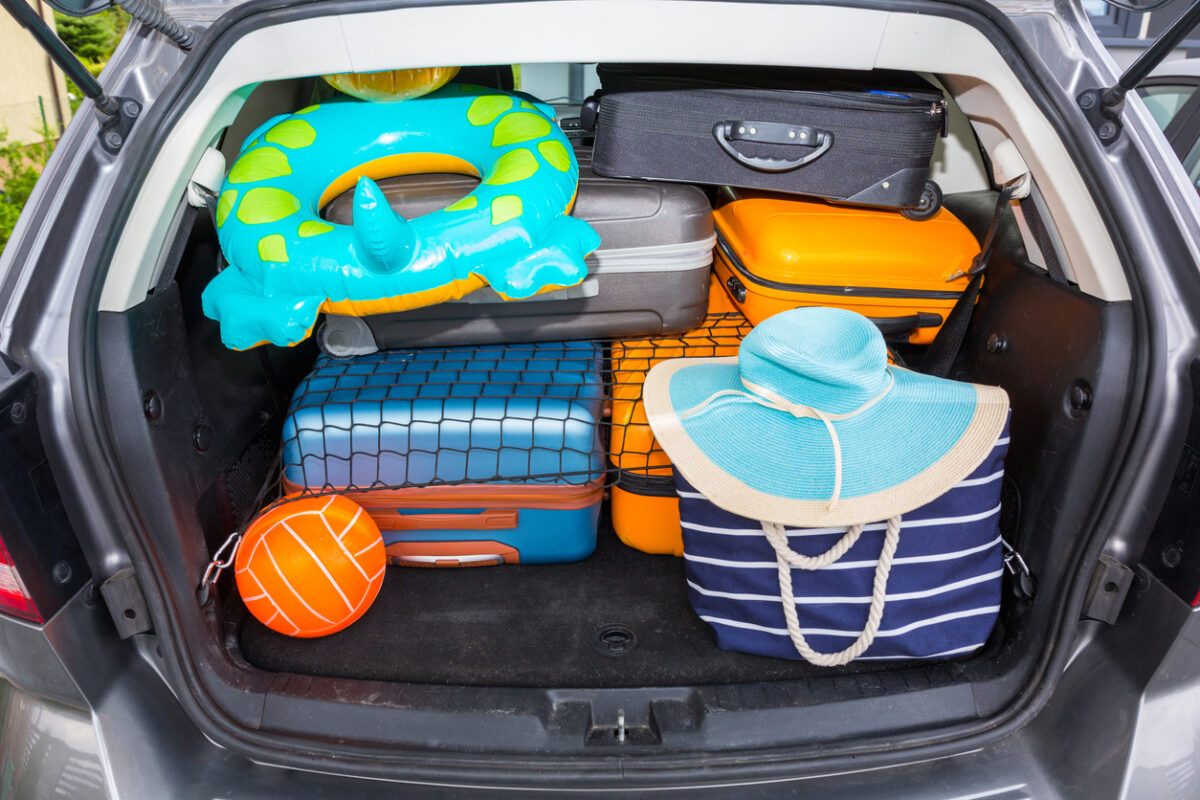While mechanics and car enthusiasts will already be familiar with most automotive industry lingo, there are a lot of terms that new drivers won’t have encountered before – and “payload” is one of them. In this blog, we’ll break down exactly what a payload is, and how you can work out the payload of your car, as well as why it’s important to know this figure.
Payloads Explained
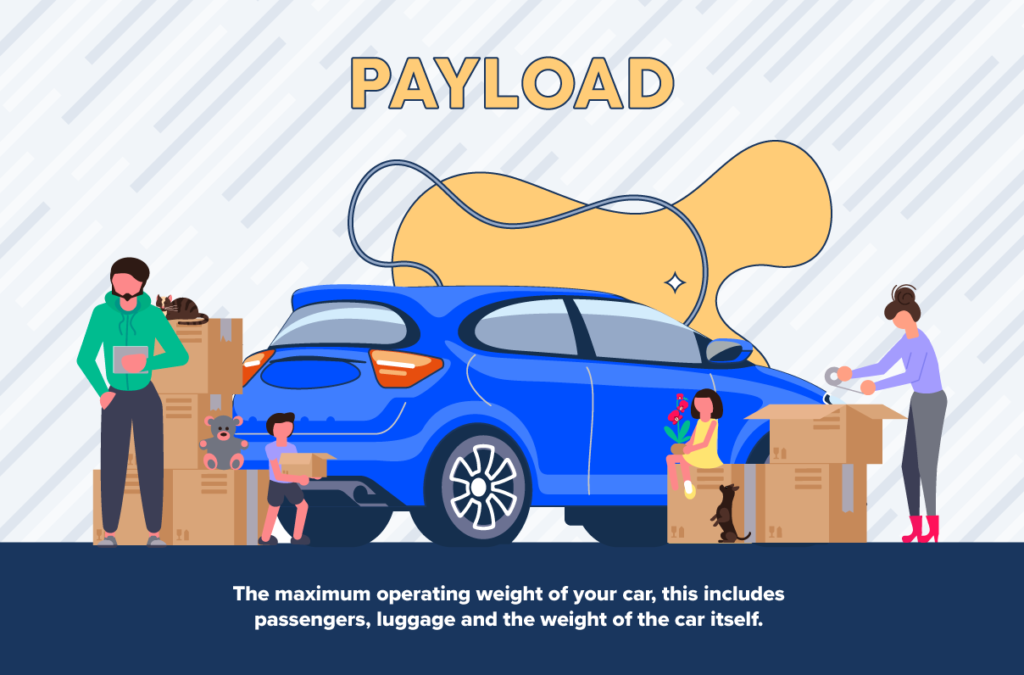
Simply put, the word payload generally refers to the maximum amount of weight your car can safely carry, in addition to its existing cargo weight.
It’s worth noting that “towing capacity” is a different measurement altogether, as it’s the maximum weight your car can tow behind it.
Another term you might see used in relation to payload is “curb weight”, which is the weight of your vehicle when it’s empty, or unloaded. This measurement factors in a full tank of petrol, as well as topped up fluids like screen wash and engine oil, but doesn’t include any passengers.
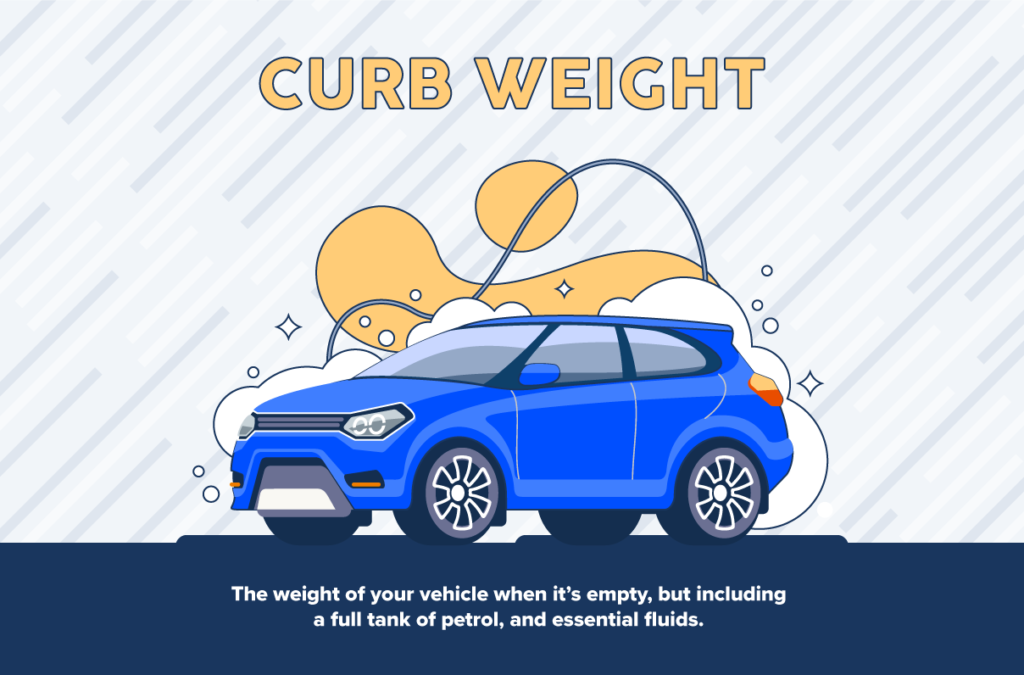
Curb weight varies hugely in line with the make and model of your car, but it plays a key role in the calculation of your payload and towing capacity. It can often be found in your car’s manual or on the manufacturer’s website.
What Is The Chassis In Your Car?
To understand how payload works, it’s also useful to know a bit about the weight bearing component of your vehicle. The body of every car, van and truck is mounted on a strong vehicle frame, which is usually made of carbon steel or lightweight aluminium alloys. The different parts that make up this frame are known collectively as the chassis.
How to Work Out the Payload for Your Car
Luckily, there’s a quick and simple way to calculate your vehicle’s payload. First, you need to track down the Gross Vehicle Weight Rating (or GVWR) for your car. This is generally printed on the sticker inside the driver’s side door; the same one you’d usually check for recommended tyre pressure.
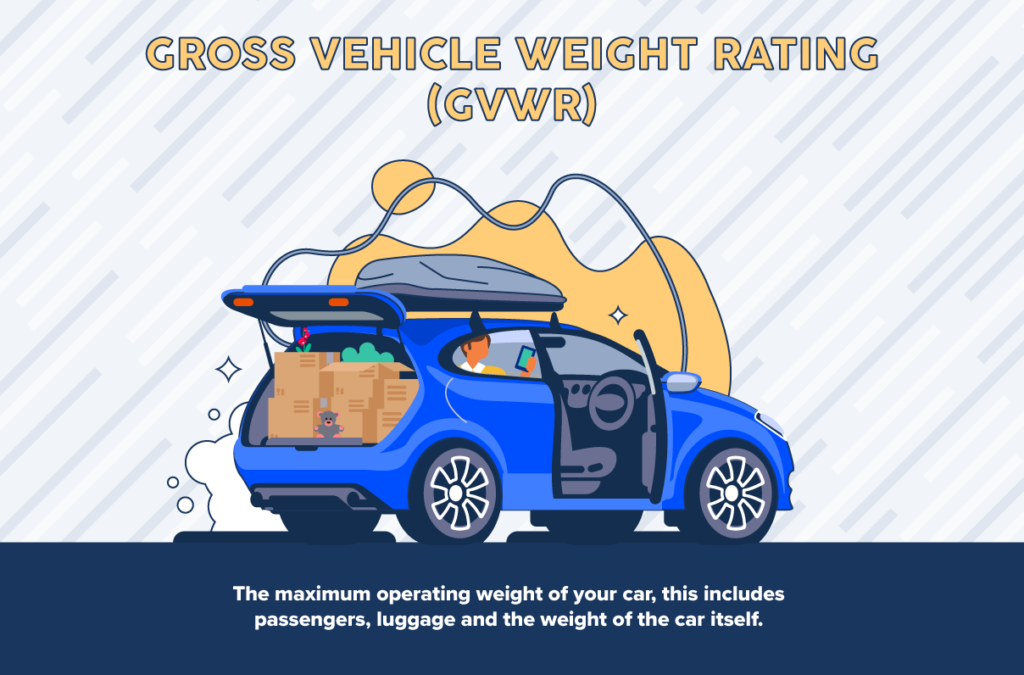
Once you’ve got this figure, all you need to do is subtract the curb weight of your car, and what’s remaining is your payload.
Here’s an example to demonstrate:
If a three-door Ford Fiesta has a GVWR of 1,620 kg, and a curb weight of 1,136 kg, then the payload of that car is 484 kg.
This means that – including your passengers – you can add 484 kg of weight to an empty Ford Fiesta, without compromising the integrity of your car, or the safety of those inside it.
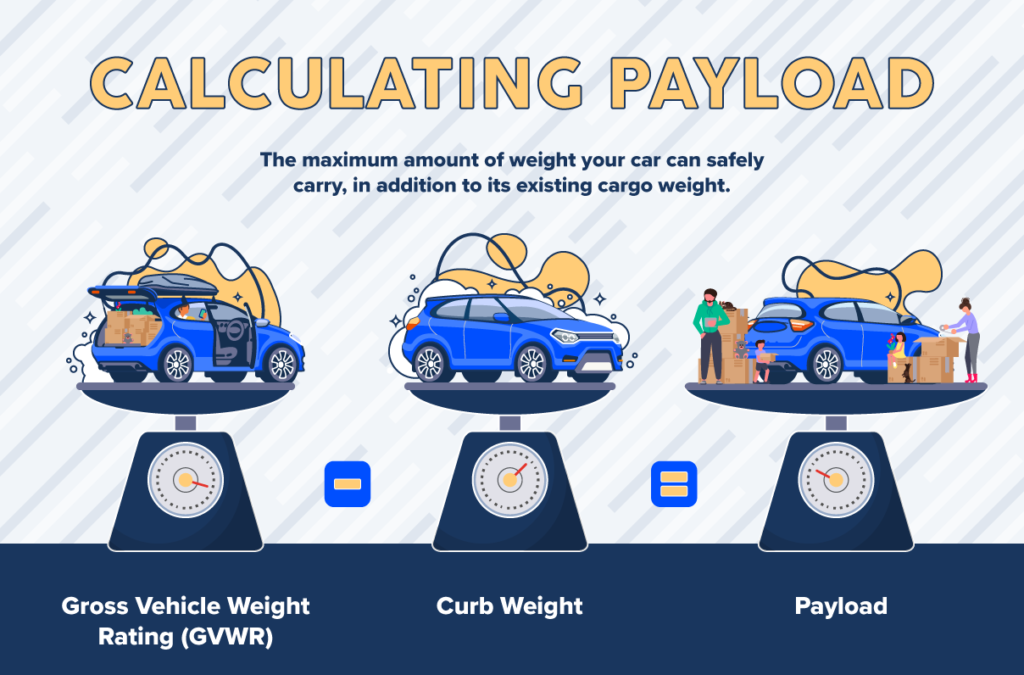
What Happens If You Overload Your Car?
While exceeding the payload of your car won’t immediately cause your car to breakdown, it will put you and your passengers, not to mention other drivers, at risk. Certain parts of your car – like your brake discs, shock absorbers and suspension system – aren’t equipped to carry such a heavy weight, and they could rapidly deteriorate if you consistently overload it.
When your car is overloaded, you’re likely to have more difficulty handling it. Steering can become more unpredictable, stopping distance will increase (especially in wet weather), and you’ll put a lot of unnecessary strain on your tyres too. You may even end up doing damage to the roads and bridges you cover during your journey.
Is Overloading Your Car Illegal?
Many commercial drivers will already be aware of this, but overloading your vehicle is actually classed as a driving offence. If a traffic officer spots you on the road and suspects that you’ve exceeded your payload, you can be issued with a fine of up to £300, and even have three penalty points added to your license.
Need to replace your wiper blades, pick up a headlight bulb or just fancy a browse? Remember you can find affordable parts and cleaning supplies for every make and model here at Euro Car Parts. We offer free next day delivery, or click and collect from your local branch at no extra cost – sometimes on the very same day!


